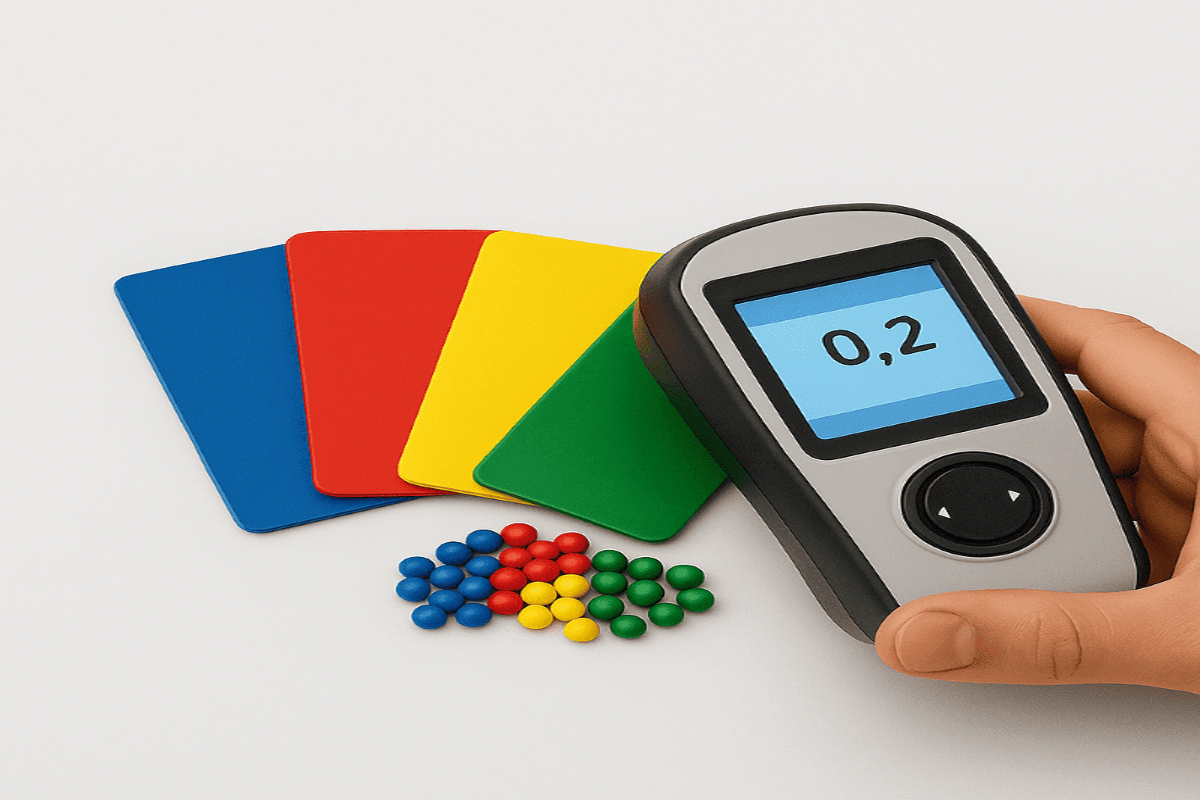Color consistency in plastics is a fundamental requirement for manufacturers aiming to deliver high-quality products with no chromatic variations across parts or production batches. In industries such as automotive, electronics, packaging, or construction, maintaining consistent color is not only an aesthetic factor but also functional and regulatory.
An inaccurate color may lead to entire batch rejections, damage brand reputation, or compromise safety when color codes are used to identify specific functions. Therefore, ensuring color consistency becomes a strategic goal for any plastic parts producer.
Page Contents
What Is Color Consistency and How Is It Measured?
Color consistency refers to the ability to maintain uniform shades across different production units. It is typically measured using parameters such as ΔE (Delta E), which quantifies the perceptible color difference between two samples.
A low ΔE value indicates high color consistency, while a high value means a visible deviation to the human eye. This control is often combined with visual inspections under standardized lighting conditions to ensure perceived quality.
Color Masterbatch as a Solution for Color Control
The use of color masterbatch has become the most reliable solution to achieve uniform coloration in plastic parts. Unlike loose pigments, masterbatch is a concentrated, pre-formulated blend of pigments and additives dispersed in a carrier resin compatible with the base material.
It ensures:
- Greater color homogeneity between batches
- Easy dosing and repeatability
- Thermal stability and light resistance
- Reduced human error in mixing
Looking to ensure color consistency in your plastic products?
Speak with our experts and learn how color masterbatch can optimize your process.
Quality Control Process in Color Masterbatch Manufacturing
Formulation Adjustment and Spectrophotometric Testing
Each color masterbatch blend undergoes rigorous control to verify that the tone remains within the tolerance agreed with the client.
Batch Testing and Visual Validation
In addition to instrumental control, visual inspections under controlled conditions ensure that no perceptible deviations exist.
Importance of Carrier Resin Compatibility
The carrier resin type directly affects compatibility with the base plastic. Selecting the right one prevents dispersion issues and enhances color adhesion to the final product.
Benefits for Manufacturers: Less Rejection, Higher Efficiency
Using color masterbatch significantly reduces rejected parts due to color inconsistencies, with direct impact on:
- Increased production efficiency
- Reduced reprocessing costs
- Shorter setup times
- Greater customer confidence in the final product
Color Consistency as a Sustainability Value
Color consistency offers not only technical and commercial benefits but also environmental ones. Stable production minimizes waste, prevents reprocessing, and extends the product’s useful life by maintaining its consistent appearance.
Furthermore, certain formulations can incorporate recycled materials, supporting many companies’ sustainability goals. Learn more in our compounding solutions section.

